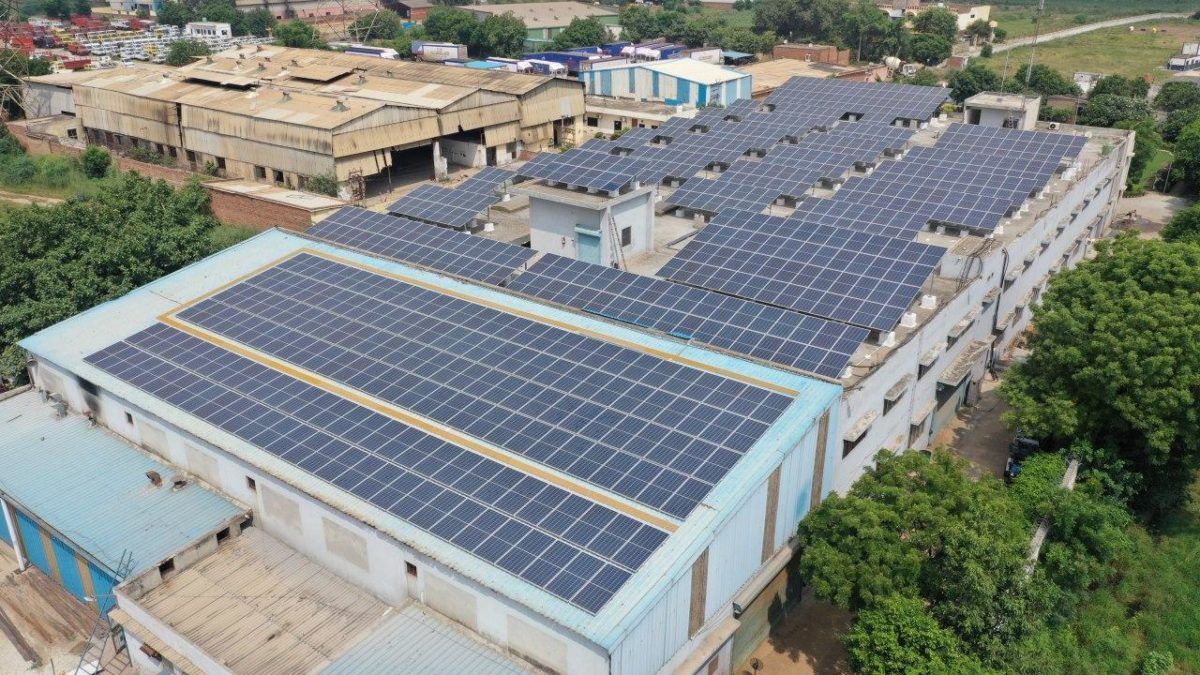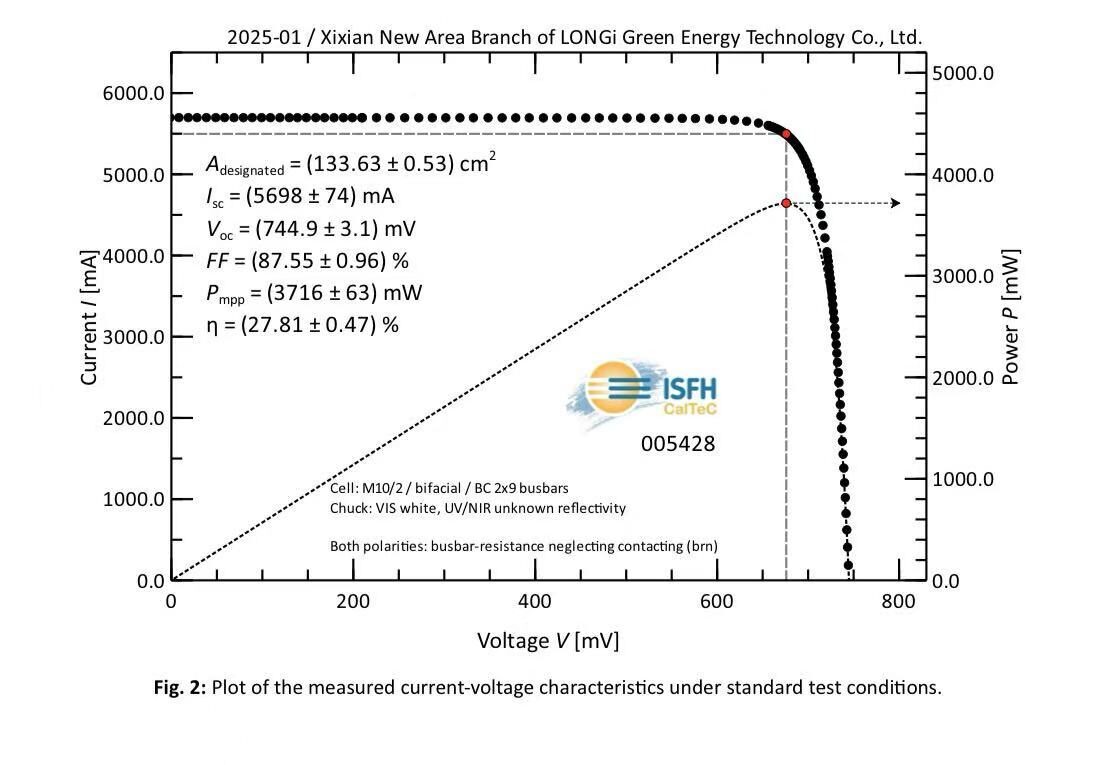From pv magazine India.
India could add 1,875 megawatts (MW) of new rooftop solar capacity across the commercial and industrial segment in 2021, a 47% increase over the previous year, according to a new report by the Institute for Energy Economics and Financial Analysis (IEEFA) and JMK Research.
As of 2020, India had deployed a rooftop solar capacity of 7,920 MW, with at least 75% of the installations done in the commercial and industrial segment.
New rooftop installation rate in the commercial and industrial segment was impacted in 2020 due to the Covid pandemic. However, deployment is expected to bounce back this year as a new generation of technologies makes rooftop solar even more cost-effective for corporates looking to cut their electricity costs.
“Adoption of onsite [rooftop] solar solutions is the low-hanging fruit for consumers that want to optimize their electricity costs or increase their procurement of renewable power,” said Vibhuti Garg, Energy Economist and Lead India at IEEFA.
“The pandemic has increased the price sensitivity of C&I consumers who already pay higher tariffs to cross-subsidize agricultural and residential consumers. Saving on electricity costs is absolutely critical for them.”
Falling PV module and battery prices make the transition to PV installations even more appealing.
“Solar module and battery prices have already fallen, and with the government’s new Production Linked Incentive (PLI) scheme to boost domestic solar manufacturing, solar technology prices are expected to drop even further,” said Garg.
Other factors expected to boost the uptake of rooftop solar among C&I consumers are more accessible financing options and corporates wanting to switch to 100% renewable energy to meet their RE100 commitments.
Module trends
The C&I segment is exploring bifacial and large-wafer, high-wattage (400+/500+Wp) modules to optimize costs and maximize output (kWh/m2), especially for sites with space constraints.
The IEEFA-JMK report provides case studies of projects in India that have applied these emerging technologies.
“Some of these solutions such as higher-wattage modules and bifacial modules offer considerable value-addition in terms of energy generation,” said lead author Jyoti Gulia, founder of JMK Research.
The report notes that higher-wattage modules in onsite solar installations in India increase plant generation by 1% while reducing the cost of balance-of-system (PV system components except modules) by 1%. These benefits are particularly significant for space-constrained sites.
“As identified in the report’s case studies, bifacial modules increase total energy generation by 4-5% compared with a project equipped with monofacial modules, and so reduces the levelized cost of energy (LCOE),” said Gulia.
Falling battery prices
Battery storage, integration of solar PV with electric vehicle (EV) charging stations, and building-integrated photovoltaics (BIPV) are the other trends picking up pace.
The report expects the integration of battery storage in rooftop projects also to pick up pace as battery prices fall dramatically to US$100/kWh by 2023.
There is also a huge opportunity for rooftop solar+battery energy storage systems (BESS) to replace diesel gensets, which represent 90 GW of aggregate capacity in behind-the-meter applications in India.
According to IEEFA’s distributed energy resources (DER) specialist Gabrielle Kuiper, other nascent onsite technological models likely to be explored by developers in India include rooftop solar integrated with electric vehicle (EV) charging stations and the adoption of building-integrated photovoltaics (BIPV).
“Government policy initiatives are already boosting the adoption of EVs,” said Kuiper. “Combining rooftop solar with storage and EVs is a cost-effective solution.
“And BIPV presents an attractive long-term opportunity for corporates that are planning to set up new commercial buildings and offices in India.”
This content is protected by copyright and may not be reused. If you want to cooperate with us and would like to reuse some of our content, please contact: editors@pv-magazine.com.




By submitting this form you agree to pv magazine using your data for the purposes of publishing your comment.
Your personal data will only be disclosed or otherwise transmitted to third parties for the purposes of spam filtering or if this is necessary for technical maintenance of the website. Any other transfer to third parties will not take place unless this is justified on the basis of applicable data protection regulations or if pv magazine is legally obliged to do so.
You may revoke this consent at any time with effect for the future, in which case your personal data will be deleted immediately. Otherwise, your data will be deleted if pv magazine has processed your request or the purpose of data storage is fulfilled.
Further information on data privacy can be found in our Data Protection Policy.